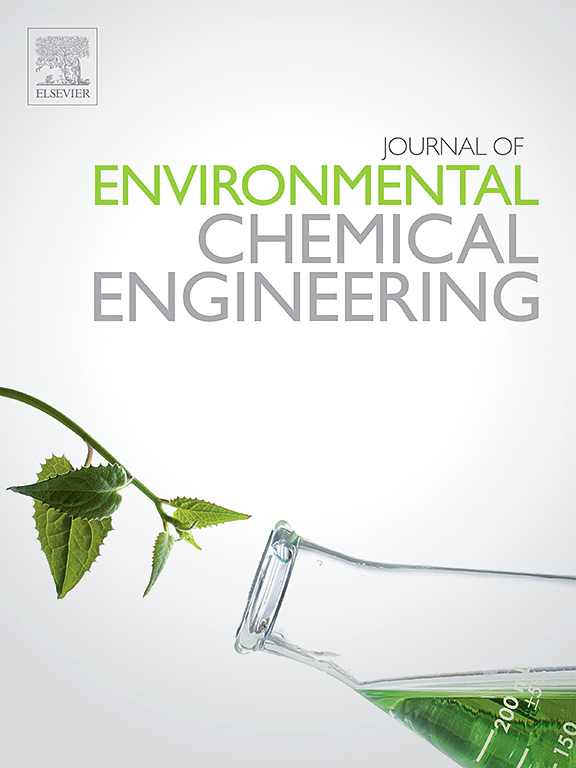Optimizing membrane dehumidification performance: A comprehensive review of materials, modules and system
IF 7.4
2区 工程技术
Q1 ENGINEERING, CHEMICAL
引用次数: 0
Abstract
Membrane dehumidification technology has gained significant attention for its efficiency, energy savings, and simplicity. Enhancing the performance of membrane dehumidification is crucial as it directly impacts energy efficiency and indoor comfort, promoting wider adoption of this innovative approach. Significant advances have been made in enhancing membrane dehumidification performance from the perspectives of materials, modules, and systems. This review delves into recent developments, focusing on enhancement methods, dehumidification effects, and limitations. Innovations in membrane materials, such as the use of nanoparticles and hydrophilic functional groups, improve permeability, selectivity, and durability. Moreover, novel module designs, like porous or spiral-wound configurations, increase the surface area and optimize flow dynamics, thereby boosting the dehumidification efficiency. Connecting multiple modules in series or parallel enhances performance but introduces manufacturing complexities, higher flow resistance, and fouling risks. At the system level, integrating membranes with heat recovery or renewable energy systems can reduce energy consumption by over 20 % compared to traditional methods. In this review, the optimization recommendations for membrane materials, modules, and systems were proposed. Combining molecular-scale modeling with experimental testing provides a precise path for upgrading membrane properties. The mass transfer characteristics within modules, along with multi-objective optimization, support a more efficient and rational design of the membrane module. Additionally, the exergy analysis can identify energy-intensive areas, refining the system design strategies for greater efficiency.
求助全文
约1分钟内获得全文
求助全文
来源期刊

Journal of Environmental Chemical Engineering
Environmental Science-Pollution
CiteScore
11.40
自引率
6.50%
发文量
2017
审稿时长
27 days
期刊介绍:
The Journal of Environmental Chemical Engineering (JECE) serves as a platform for the dissemination of original and innovative research focusing on the advancement of environmentally-friendly, sustainable technologies. JECE emphasizes the transition towards a carbon-neutral circular economy and a self-sufficient bio-based economy. Topics covered include soil, water, wastewater, and air decontamination; pollution monitoring, prevention, and control; advanced analytics, sensors, impact and risk assessment methodologies in environmental chemical engineering; resource recovery (water, nutrients, materials, energy); industrial ecology; valorization of waste streams; waste management (including e-waste); climate-water-energy-food nexus; novel materials for environmental, chemical, and energy applications; sustainability and environmental safety; water digitalization, water data science, and machine learning; process integration and intensification; recent developments in green chemistry for synthesis, catalysis, and energy; and original research on contaminants of emerging concern, persistent chemicals, and priority substances, including microplastics, nanoplastics, nanomaterials, micropollutants, antimicrobial resistance genes, and emerging pathogens (viruses, bacteria, parasites) of environmental significance.
 求助内容:
求助内容: 应助结果提醒方式:
应助结果提醒方式:


